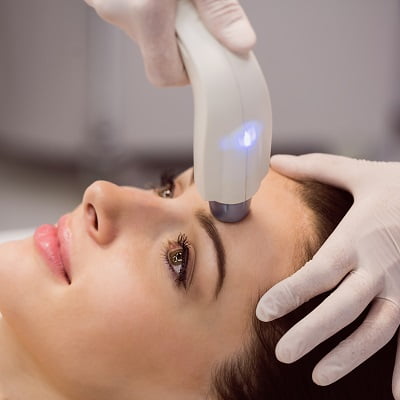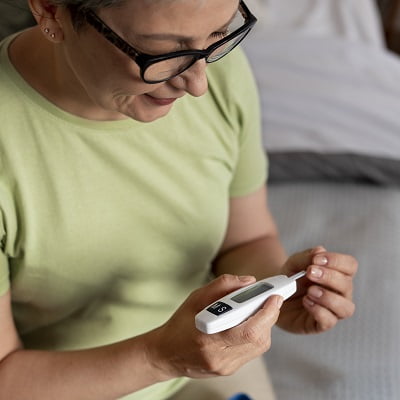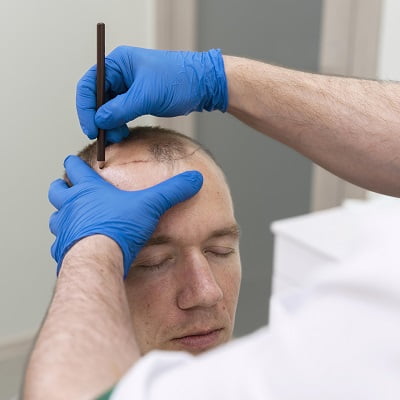
Skin tags, medically known as acrochordons, are small, benign growths commonly appearing on various body parts. While they are generally harmless, the presence of skin tags in sensitive areas can be a cause for concern due to discomfort or cosmetic reasons. Now, they are removable through the best cosmetic treatments for skin tag removal in Islamabad.
This blog will explore the causes of skin tags and their prevalence in sensitive areas and discuss safe removal tips to ensure healthy and radiant skin.
Understanding Skin Tags:
Skin tags are soft, flesh-coloured growths typically hanging off the skin by a small, thin stalk called a peduncle. These growths are non-cancerous and are more prevalent in areas where the skin folds or rubs against itself, such as the neck, underarms, and groin. Although the exact cause of skin tags is not fully understood, factors like genetics, hormonal changes, obesity, and friction may contribute to their development.
Skin Tags in Sensitive Areas:
Sensitive areas of the body, including the groyne, underarms, and eyelids, are susceptible to developing skin tags. The friction caused by skin rubbing against skin, combined with moisture and warmth, creates an environment conducive to forming these benign growths. Additionally, hormonal changes, pregnancy, and obesity can increase the likelihood of skin tag development in these areas.
Safe Removal Tips:
While skin tags are generally harmless, individuals may choose to remove them for cosmetic reasons or if they cause discomfort. It’s crucial to approach skin tag removal cautiously, especially in sensitive areas, to prevent infection, scarring, or other complications. Here are some safe removal tips:
Consult with a Dermatologist:
Before attempting any removal methods, it’s essential to consult with a dermatologist, especially when dealing with skin tags in sensitive areas. A healthcare professional can assess the skin tags, rule out potential complications, and recommend the safest removal options.
Over-the-Counter Solutions:
Over-the-counter (OTC) solutions, such as skin tag removal creams and solutions, are available for home use. These products typically contain ingredients that break down the skin tag’s tissue. However, caution is advised, and following the instructions carefully to avoid irritation or damage to the surrounding skin is essential.
Ligation:
Ligation involves tying a sterile thread or dental floss tightly around the base of the skin tag to cut off its blood supply. Over time, the skin tag will shrink and fall off. This method should be performed carefully and may be more suitable for more extensive skin tags in areas with minimal movement.
Cryotherapy:
Cryotherapy involves freezing the skin tag using liquid nitrogen, causing it to fall off over time. While cryotherapy is commonly used by healthcare professionals, over-the-counter cryotherapy kits are also available. However, using these kits in sensitive areas requires precision and care to avoid damage to surrounding healthy tissue.
Professional Excision:
For skin tags in sensitive areas, professional excision by a dermatologist is a safe and effective option. This involves the surgical removal of the skin tag using sterile instruments, ensuring minimal discomfort and optimal healing.
Natural Remedies:
Some people use natural remedies such as tea tree oil, apple cider vinegar, or castor oil for skin tag removal. While these remedies are generally considered safe, their efficacy may vary, and caution should be exercised to prevent irritation or allergic reactions.
All Summed Up!
Skin tags in sensitive areas can pose physical and emotional challenges, but safe removal options are available. It’s crucial to prioritize skin health and consult a dermatologist before attempting any removal method, especially in delicate areas. By following safe removal tips and seeking guidance from professionals at Royal Cosmetic Surgery Islamabad when needed, individuals can achieve smooth and healthy skin while minimizing the risk of complications.
Remember, each person’s skin is unique, so what works well for one individual may not be suitable for another. Choose the removal method that aligns with your skin type, and prioritize your skin’s well-being for a confident and comfortable lifestyle.











Book Appointment